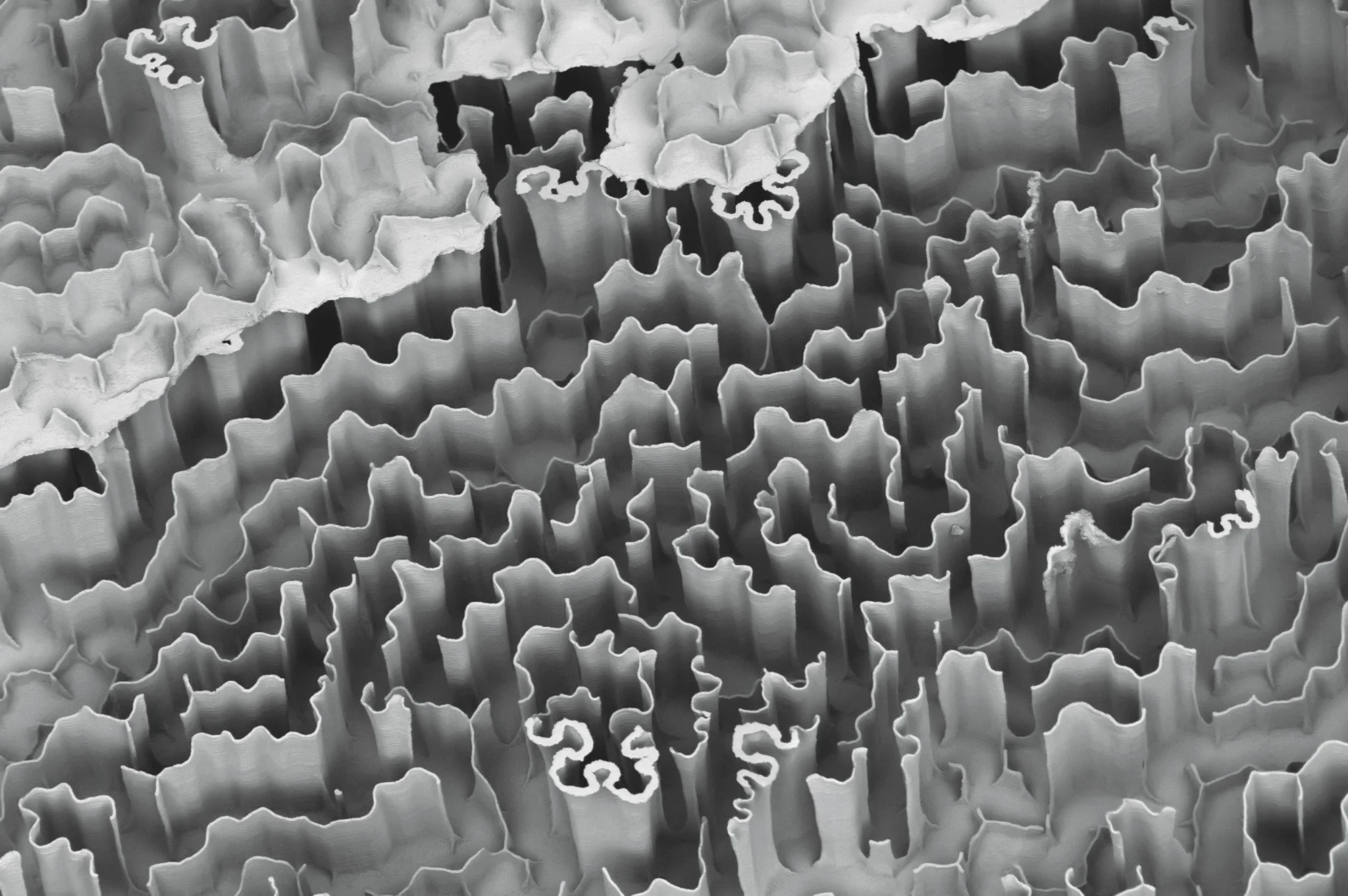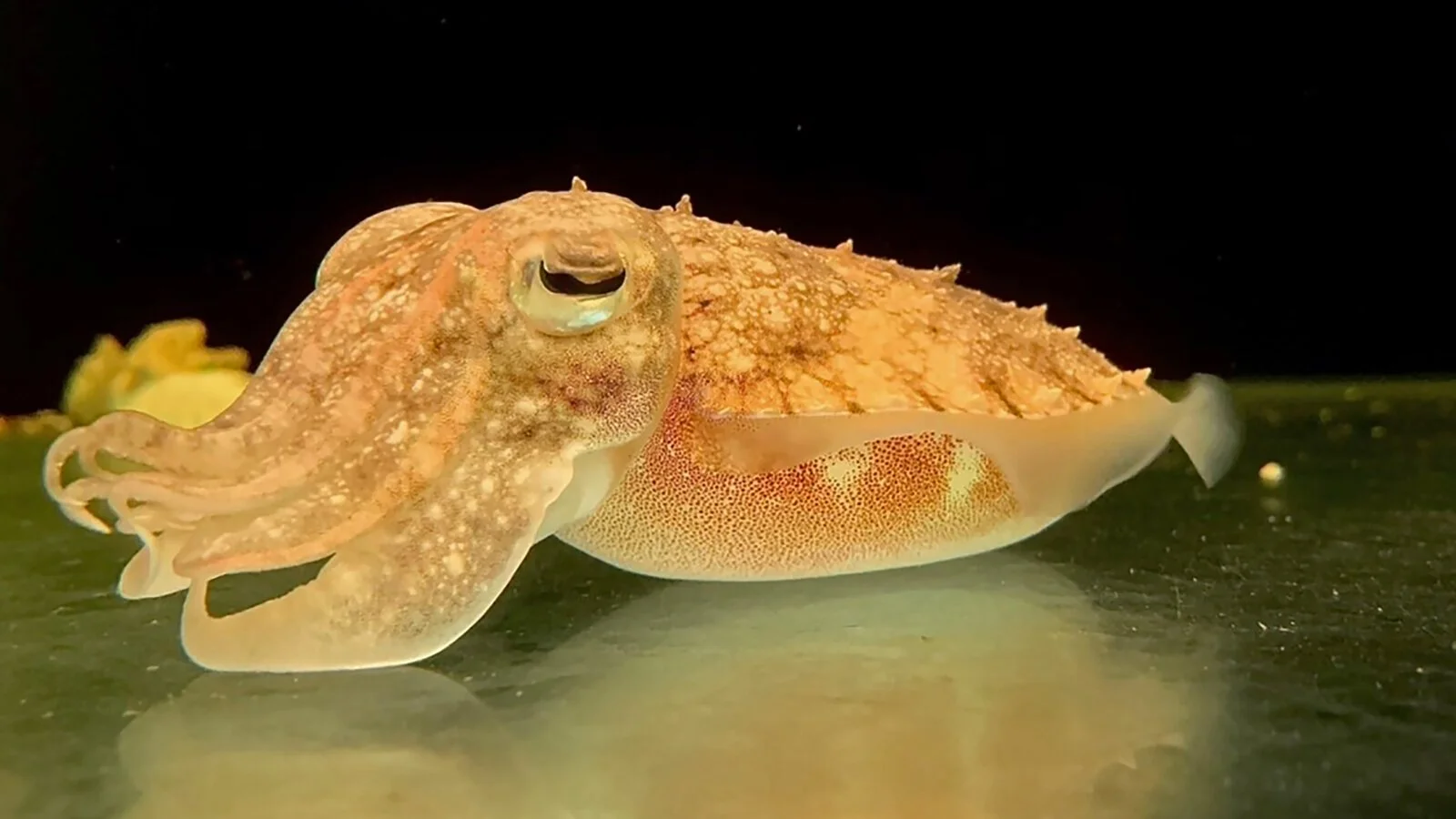Biomimicry: Cuttlebone and its Revolution of Packaging
Biomimicry is the use of adaptations observed in nature to solve issues. Biomimicry is a method of problem-solving that minimizes negative environmental impact by looking to sustainable systems. Many issues we are trying to solve have been solved on a smaller scale to allow other organisms to maintain homeostasis.
Cuttlefish have been studied for centuries because of their camouflaging abilities. Even Aristotle studied them because of their unique anatomy! Cuttlefish are mollusks, of the same class as squid and octopi. Because of their unique form of movement, Cephalopods like cuttlefish only have internal skeletons, unlike other mollusks like snails. Cuttlefish control the salt and thus the osmotic pressure inside their skeletons to adjust their buoyancy.
The bone inside cuttlefish is called cuttlebone and is made of aragonite, the same material external mollusk shells are made of. Cuttlebone allows cuttlefish to adjust their buoyancy by adjusting the gas to liquid ratio within their shell. Cuttlebone is also extremely durable. Analysis of its micro-structure has revealed vertical walls that develop a wave pattern to distribute water pressure. This pattern is called the “Wall-Septa Design” This is drastically different than human-engineered ceramics. The structure of cuttlebone creates an optimal structure to balance high-pressure and energy absorption while remaining extremely light.
Most packaging we use today is foam, made of polymeric materials. Unfortunately, foam is also very detrimental to the environment, taking years to decompose while leaking toxic chemicals. Ceramic foams could serve as better
alternatives because they are biodegradable, sturdier, and more chemically stable than polymeric materials. Typical ceramics are limited by their brittleness and fragility and are also too heavy to ship as packing materials. Because of its porosity, cuttlebone is an ideal alternative, light and durable. Using 3D and 4D technology, researchers have mapped the wall-septa design, and are working to mimic its pattern in ceramic packaging.
Sources:
https://www.pnas.org/doi/10.1073/iti3820117
https://www.nytimes.com/2020/12/30/science/cuttlefish-counting.html

